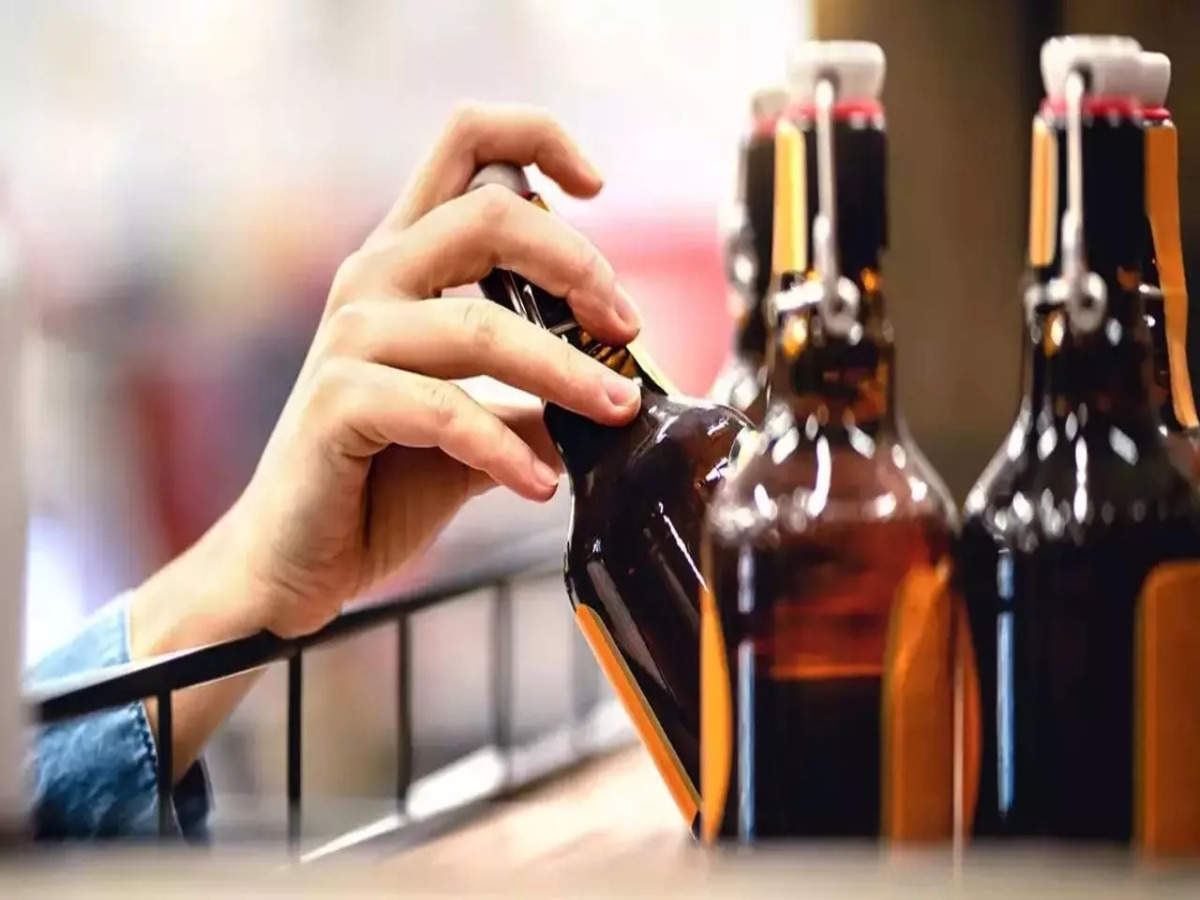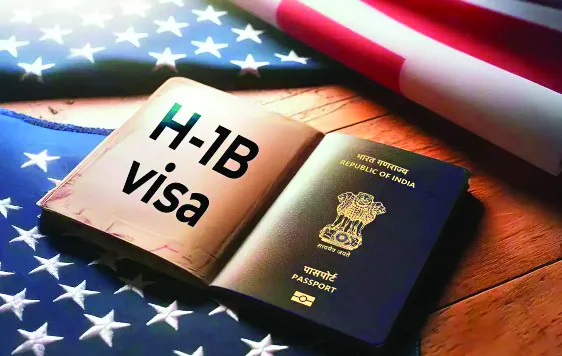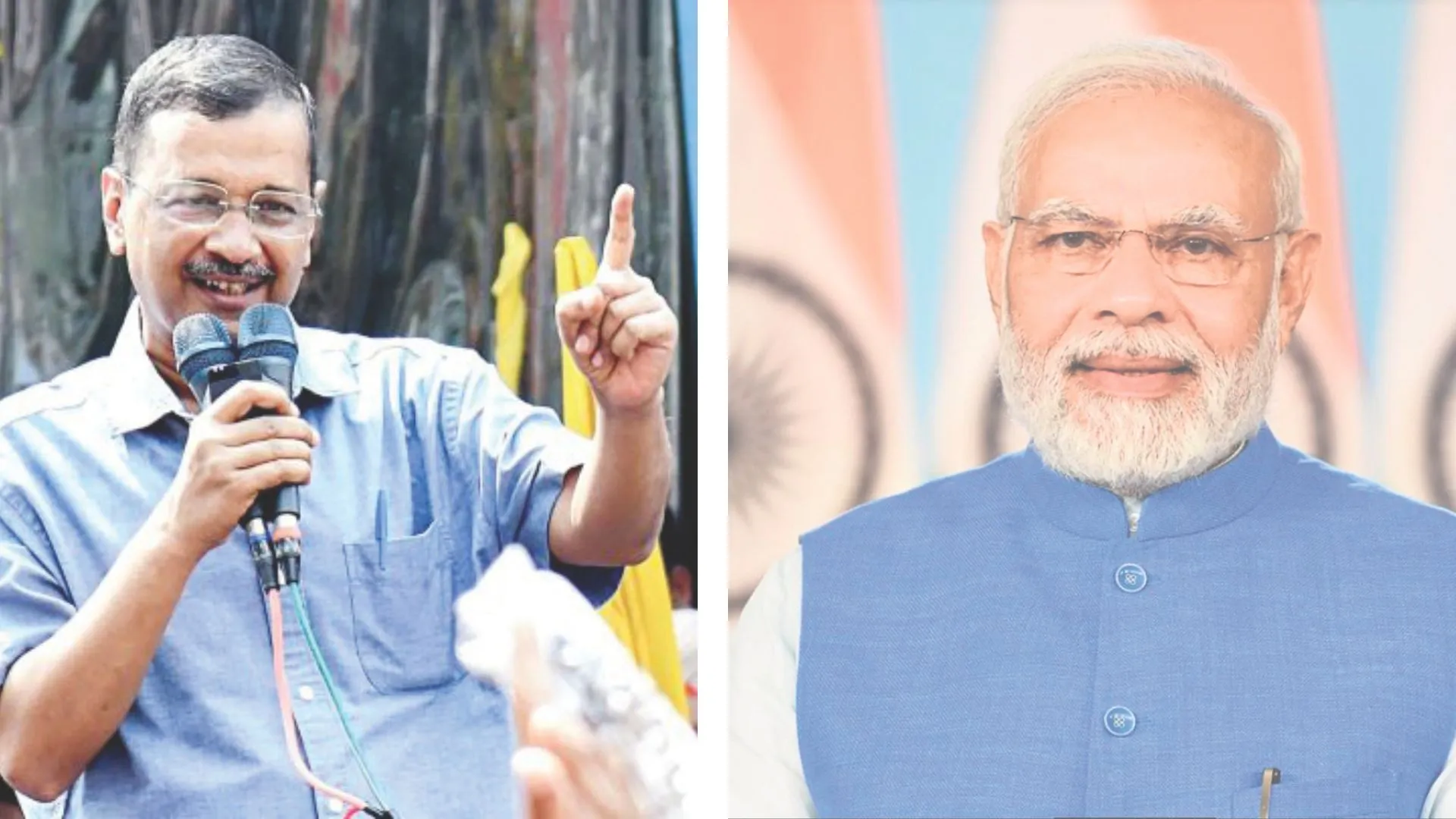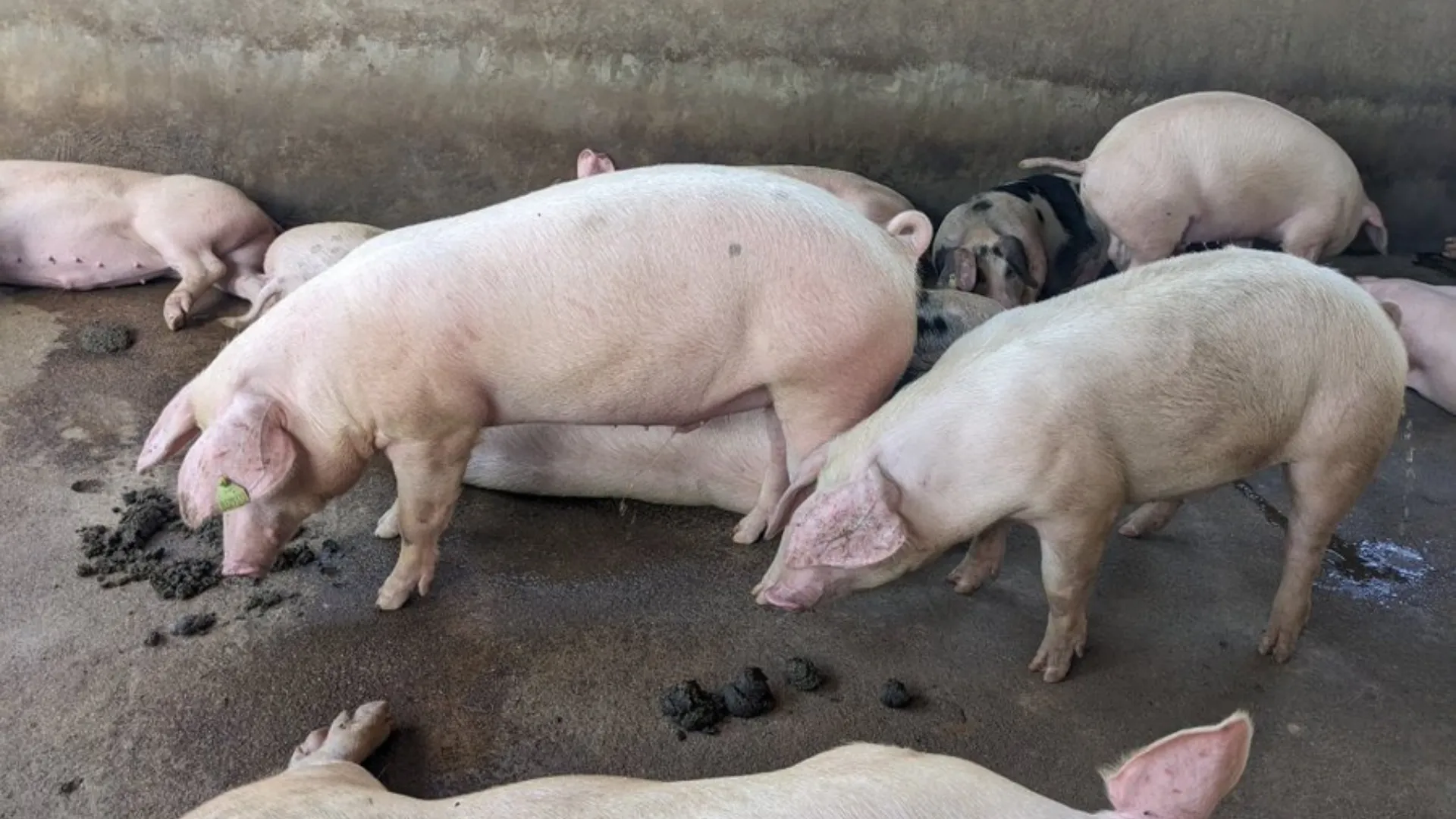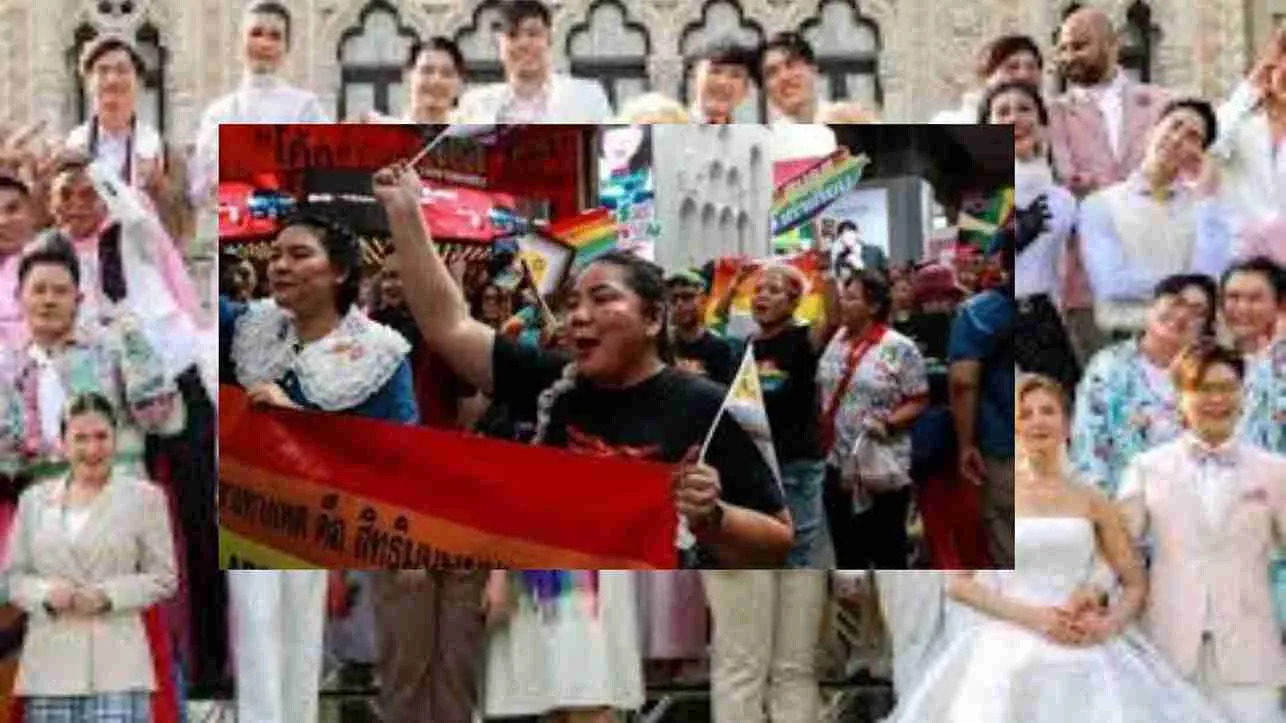A few months ago, amidst the media frenzy around Prayagraj shooting, the news of hooch deaths in Bihar went relatively side-lined. In all, 27 people lost their lives in East Champaran while around 20 more were in critical condition after consuming spurious liquor. According to some reports, in the last seven years, Bihar has witnessed more than 200 hooch deaths. In 2016, the Bihar government led by Chief Minister Nitish Kumar imposed a state-wide ban on liquor. The move was part of the poll promise that brought Nitish Kumar to power against a strong opposition which was banking on the persona of Narendra Modi. The prohibition was welcomed wholeheartedly by a large section of society and particularly women. However, the ban was at a cost and at a loss of revenue of Rs 4,000 crore; Bihar became the second dry state in India, after Gujarat. The provisions of the law passed in Bihar were so stringent that critics labelled it draconian. Particularly as it carried the death penalty in case of hooch tragedy and even consumption in private being held punishable by a jail term of 10 years to life, if it leads to any kind of nuisance to the neighbourhood. The opposition led by BJP too stood with the government as they feared backlash from the public, granted that political rhetoric would eventually override any nuanced criticism of the move. However, following the tragedy in East Champaran, the debate around its effectiveness has restarted. We look back at the prohibition movement across the globe and draw a fair analysis of whether and to what extent it has worked.
In 19th century America, liquor had a prominent place in social life. The consumption began from a very early stage in their lives. It was considered a grave breach of republican etiquette to refuse to drink with neighbours or failure to treat guests with ardent spirits. Though the negative consequence of it was visible in the lower order of society which was reduced to crime and pauperism, the reformers didn’t take to active condemnation of the tradition. So the initial advocacy held the view of drinking moderately and setting of temperate laws for the poor. It was only in the 1820s when radical movements took to the ground that the issue of widespread liquor consumption came to a temporary halt. Religious societies came forward urging “members to abstain entirely from the free use of ardent spirits, and use their personal influence to deter others from indulging in so pernicious a practice”. The decent success fetched by socio-religious movement was met with the chaotic civil war years which witnessed a spike in liquor consumption. In 1866, the Methodist publication Western Christian Advocate in the Ohio River Valley made the following observation: “Our young men have become loose in temperance principles, by the practice of the camp and the field; and the present generation is deplorably cursed in consequence.” Eventually the legislature was forced to introduce laws enforcing prohibition due to the mounting pressure from churches and women rights groups by the early 20th century.
Around the same time in India, an avowed temperance activist rose up to the political podium; his name was Mohandas K. Gandhi. Labelling alcohol consumption as a colonial habit imposed upon native Indians, Gandhi urged fellow countrymen to abstain from liquor. He saw alcohol consumption to be as evil as the practice of untouchability. At the same time, he aimed at targeting the revenue generated by the imperial authority with the sale of liquor. His struggle for national freedom was intrinsically knitted with his pursuit of social reform. The latter often violated the principle of individual freedom as Gandhi had a very rigid notion of righteous life which he imposed upon his followers; to which his supporters may argue that it was done without use of any force or coercion. In the 1930s, when Congress members got partial hold of some local and provincial governments in the country, they moved to introduce legislation imposing a ban on liquor. However, soon the disastrous result of the step became evident as black marketing rose manifold and in many regions, the local administration was hand in glove with the smugglers in earning money through back channels. The ban on liquor in Bihar in the 1930s was dubbed by Sardar Vallabhbhai Patel as an “utter fiasco”.
Gandhian principle of prohibition became a major issue after independence and two major provinces of independent India, erstwhile Bombay and Madras, implemented prohibition between 1948 to 1950 by bringing legislations like the Bombay Prohibition Act 1949. From 1958 to 1969, there was total prohibition in Madras (Tamil Nadu), Maharashtra, Gujarat, 11 districts of Andhra Pradesh, as well as other large regions in Assam, Madhya Pradesh, Orissa, Karnataka, and Kerala. Almost one-fourth of India’s population was living in prohibition by 1954. The Central government was envisioning a nationwide prohibition in the early years after independence. The Prohibition Enquiry Committee was constituted which had set April 1958 as the deadline for the implementation of national prohibition in 1954. However, a national prohibition could not be achieved due to various reasons like the potential loss in state revenue due to loss of excise revenue from the sale of alcohol. The contribution of alcohol in the excise revenue can be understood by the fact that according to a recent data analysed by the Economic Times, one in every seven rupees generated by the states in 2022–23 is estimated to come from state excise duties, particularly on alcohol, which represents a rising portion of state tax revenue. Karnataka, Uttar Pradesh, Punjab, and West Bengal are the states that rely most heavily on excise taxes, with alcohol accounting for nearly 20% of their total tax collections. The loss in excise revenue of states however did not deter the central government from visioning a national prohibition and in 1964 the Centre offered to make up 50% of the state governments’ lost excise tax revenue as a result of implementation of prohibition. However, the majority of states rejected this proposal and eliminated the prohibition. But Gujarat and Mizoram continued with the law.
All said and done, the scenario remains unchanged even after almost 100 years. Bihar, Gujarat, Nagaland and Mizoram still practice prohibition. Some states like Gujarat even have very strict laws to implement prohibition which in some cases also has a provision of death penalty. Although there have been numerous incidents of people consuming illegal alcohol in Gujarat, the most recent one, which claimed 42 lives, occurred in 2022; the laws in place have not completely mitigated the risks of hooch tragedies. The makers of the nation envisioned a state which remains free from the ills of alcohol consumption as evident from the Directive Principles of State Policy. However, the policy makers of the present day even with good intentions to begin with have been unable to pave the path to attain that ideal goal.
Nishant Kumar Hota is a student of sociology with a keen interest in politics, history and international relations. Adarsh Jha is a research associate at a Delhi-based think tank and an environmental engineering graduate.

